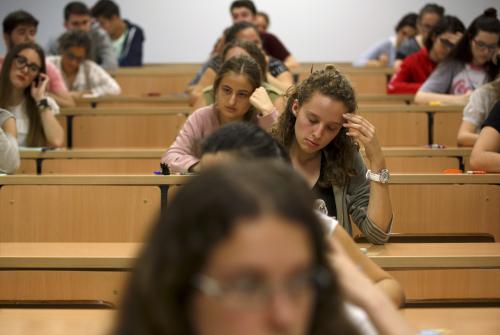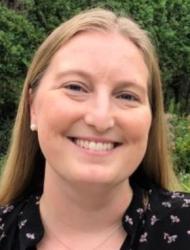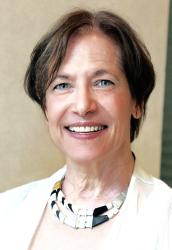“By the year 2000, every adult American will be literate and will possess the knowledge and skills necessary to compete in a global economy…”
These words were penned in 1990 by the U.S. Department of Education. Sadly, the goals were not met. Two decades later, 43 million adults—roughly 20 percent —in the United States struggle with written texts needed to participate in society. And in our knowledge economy, by 2020, 65 percent of all jobs will require a post-secondary education. Thus salaries and even adequate health care demand that we solve the reading problem.
Teachers who headed back to school in the past few weeks are determined to buck the trend and create young readers who perform at grade level. Their goals are laudable, but we have not prepared them well to do this herculean task. The science of learning—an amalgamation of psychology, education, linguistics, and neuroscience—has made enormous progress in our understanding of the factors that go into strong reading competence.
Among these are not merely the learning of letter-to-sound correspondences, but also strong language skills that enable children to link the vocabulary they decode into the rich words that infuse the print with meaning.
Investigating just one second in the mind of a reader makes this connection clear. Reading requires that children learn to sound out the words that appear when the eyes land on the newly familiar squiggles on the page. But in fractions of time, we move from the visual into a deeply connected web of knowledge—a kind of mental dictionary that allows us to access our entire vocabulary. The word “cat” activates words like “dog” and “fur,” but not “phone” and “car.”
Indeed, work from the neuropsychological literature demonstrates that an inter-connected web of knowledge is essential to the skilled reading of words. As our second comes to a close, children who attempt to read with only letter-to-sound knowledge in their toolkit may not connect with their language system that makes reading meaningful.
Imagine if all teachers knew about these links and appreciated the twin need to build up language while also helping children navigate code skills. That is, if teachers were equipped with the science, they would be better able to do their jobs of bringing all children into the literate society.
In fact, this is what a new Psychological Science paper reports. Dr. Tenaha O’Reilly and his colleagues found the existence of a knowledge threshold. If students’ knowledge of, say, ecosystems, was below that level, they were not able to comprehend a reading on that topic even if they read all of the words. On the other hand, when their knowledge was above that threshold, they could read to learn. The knowledge students demonstrated was directly tied to increases in their reading comprehension. The brain likely needs a minimum amount of content knowledge, and vocabulary in a range of topics, to even begin to understand text on that subject.
Dr. Susan Neuman, working with much younger children, came to roughly the same conclusion. Her work, under the header of World of Words, helps children scaffold their knowledge so that they can move beyond learning to read, and master reading to learn.
Moreover, a new group called the Knowledge Matters Campaign is making the science behind these claims more public so that teachers can access the information and utilize it in their classrooms. Indeed, in his November 2017 op-ed, Dr. Dan Willingham sports a new way of learning to read that is consistent with the science. He notes that if we are to successfully create a literate workforce, then we must have a “better understanding of how the mind comprehends what it reads.”
The need to improve literacy helps illuminate two points. First, there is serious misalignment between what the science tells us and what we are doing in the classroom. Second, it is imperative that our schools train teachers in the latest science so that they can teach in ways that best suit how human brains learn.
Our teachers marched into the classroom this fall ready to meet educational goals for their students and excited to prepare them for the workplace of today and tomorrow. We must ensure that science comes to life in teacher training and that policy white papers underscore the need for the development of both language and literacy skills in our students.








Commentary
Back to school 2019: A lesson plan from the science of learning
September 16, 2019